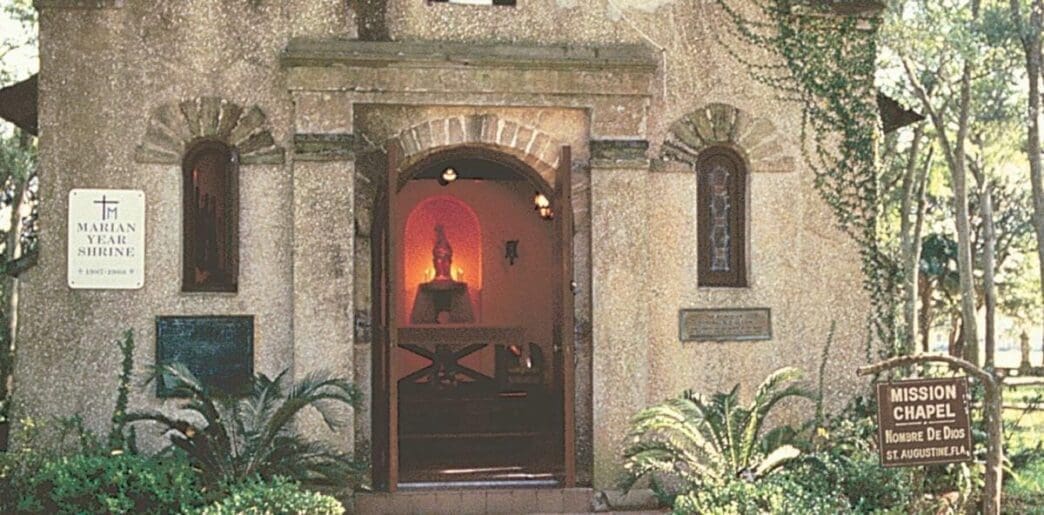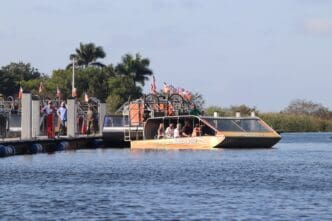Florida’s landscape is enriched by its enduring Spanish heritage, a journey that begins as soon as one crosses the Georgia border. Instantly noticeable from city names like Fernandina Beach, this Spanish influence echoes throughout the state, a reminder of Spain’s historical governance from 1513 to 1763, and later from 1783 to 1821.
Florida’s connection with Spain is deeply rooted in its very name. When Juan Ponce de Leon arrived in April 1513, he named the land La Pascua de la Florida, often interpreted as ‘flowery passover’ or ‘passion of the flowers.’ This name is just the beginning of the Spanish imprint on Florida’s geography.
The naming of places serves as a historical map of Spanish rule and influence. For instance, Fernandina Beach was named in honor of King Ferdinand VII of Spain, and St. Augustine, founded in 1565 by Pedro Menendez de Aviles, became a cornerstone of Spanish heritage in America.
Throughout Florida, countless locations bear Spanish or Spanish-influenced names. Some, like Del Tura, a retirement community near Fort Myers, literally translate to ‘of the structure.’ Others, like San Marcos de Apalachee, have evolved over time to become St. Marks.
Many areas have maintained their Spanish origin. Matanzas, meaning ‘slaughter,’ remains a testament to its past with a national park commemorating Fort Matanzas. Similarly, the Castillo de San Marcos and Nombre de Dios in St. Augustine retain their names, preserving the historical narrative.
Additional place names include Largo, meaning ‘large’; Boca Raton, translating humorously to ‘mouse mouth’; and Cape Canaveral, which signifies ‘a place of reeds or cane.’ These names represent more than mere labels; they are gateways into Florida’s past, highlighting the diverse Spanish lexicon that still resonates today.
Even in modern times, the legacy persists. Though not named during the Spanish colonial period, Lake Buena Vista translates to ‘good view,’ chosen for its linguistic charm and connection to a street in California where Disney’s headquarters are located. This serves as a modern layer added to Florida’s historical tapestry.
The Spanish influence in Florida is not just a historical footnote but a vibrant thread woven throughout the state’s identity. From place names to cultural landmarks, this heritage enriches the Florida experience, reminding visitors and locals alike of the deep connections spanning five centuries.
Source: VisitFlorida








